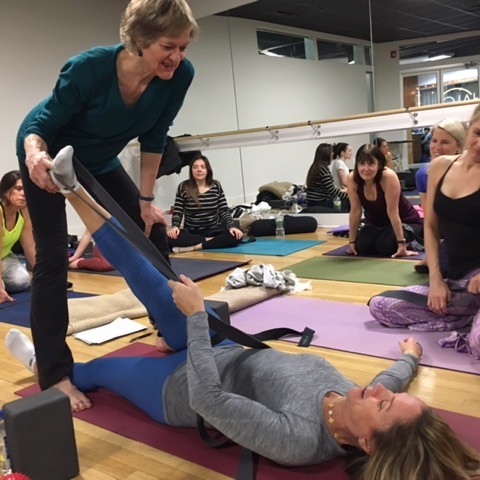We caught up with the brilliant and insightful Ellen Saltonstall a few weeks ago and have shared our conversation below.
Ellen, thanks for joining us, excited to have you contributing your stories and insights. How’s you first get into your field – what was your first job in this field?
In my twenties I was involved with studying and performing modern dance in New York City, and it was a time of frequent cross-collaborations between artists in different mediums – dance, music, visual art, and theater. The arts scene in Soho was very lively, so as a young adult just starting out after college, it was quite exciting for me. I studied and performed different styles of dance, and was part of a collaborative group of eight choreographers, many of whom are still close friends to this day. I also worked in a health food store and also taught movement classes for children.
Dancers often need help with injuries and overuse conditions, and I was no exception. For my first injury (knees) I was referred to a teacher who was a choreographer Elaine Summers, but she also taught a therapeutic technique of self-massage with rubber balls. She in turn had learned this method from another teacher, when she needed it for her own self care. She called her method Kinetic Awareness, and she taught primarily to dancers. Though there are now many techniques available that use rubber balls and other self-massage tools, to my knowledge this method was one of the first. I have developed the technique for over forty years, and I named my method Bodymind Ballwork. I teach it to people of all ages, and I’m constantly inspired and pleased to see how effective it is in relieving musculoskeletal pain. it also brings you to a place of profound inner stillness and relaxation. From that place, you can practice any kind of exercise more safely and confidently.
Besides being an ideal way for anyone to address the common aches and pains of daily life and work, and prevent or recover from injuries. it also can renew an authentic and health-promoting connection to one’s integrated self – physical, mental, emotional and spiritual. This holism is what I was looking for as I began my career.
During that time I also began to study anatomy as part of my training to become a massage therapist. I continue that study to this day, with a limitless fascination with the miracle of the human body. I began teaching anatomy, massage and Bodymind Ballwork in that first decade in New York, and I continue that to this day.
My yoga career began a bit later. Once I married and started a family, I was drawn to hatha yoga and meditation for my own health. But very soon after that I was invited to train as a teacher, because teachers were needed in my community at the time. This was long before teacher training programs were as common as they are now! As I pursued training in the Iyengar and then the Anusara methods of hatha yoga, I combined that skill set with the anatomy and massage knowledge from my dancing days. I now teach yoga, Bodymind Ballwork and anatomy to students locally and around the world.
So what was my “first job”? I’d say it developed organically from helping my peers deal with dance injuries, to teaching people of all ages and professions, and to writing books on these topics. I just published my sixth book.
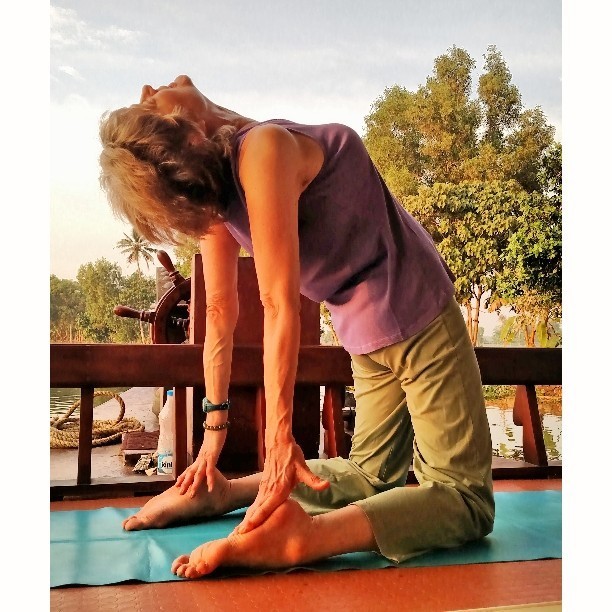

Great, appreciate you sharing that with us. Before we ask you to share more of your insights, can you take a moment to introduce yourself and how you got to where you are today to our readers.
I teach group classes, private sessions, and workshops, both in person and online. Before the pandemic, it was all in person, but I now appreciate that we can also make meaningful connections with the help of the internet. I welcome people of any age and at any stage of health. I teach with two primary modalities – hatha yoga and Bodymind Ballwork.
Classes and private sessions vary in focus, perhaps a physical focus like the shoulders, sacroiliac joint or the knees, and perhaps a mental/spiritual focus like mindfulness of your inner dialogue, or building courage, or finding peace with what is.
Examples of workshop topics include Yoga for Bone Health, Strength and Balance, Bodymind Ballwork for Release of Body and Mind, Yoga for Arthritis, Anatomy and Therapeutics for the Neck and Shoulders (or Knees, or Lower Back, or any part of the body).
Many of my students have been with me for decades, but I welcome newcomers as well. My goal in teaching is to improve students’ knowledge and respect for their body, and their enjoyment of movement. Each student is unique, and that’s what keeps me on my toes, listening, understanding each person’s current situation and goals. That’s the creative part of what I do – being open to each person and meeting them exactly where they are. I encourage students to be make informed choices about their body care, not just following the latest fad. I offer them suggestions from my knowledge base and experience, and I help them determine what will work for their needs and their lifestyle. I refer them to trusted colleagues for other modalities of care when that’s appropriate.
My books include:
Yoga for Arthritis, co-authored with Dr. Loren Fishman, WW Norton 2008.
Yoga for Osteoporosis, co-authored with Dr. Loren Fishman, WW Norton, 2010.
Anatomy and Yoga: A Guide for Teachers & Students, Abhyasa Press, 2016.
The Bodymind Ballwork Method: A Self-Directed Practice to Help You Move with Ease, Release Tension, and Relieve
Chronic Pain, North Atlantic Books 2018.
Empowered Aging: Everyday Yoga Practices for Bone Health, Strength and Balance, Emerald Lake Books, 2024.
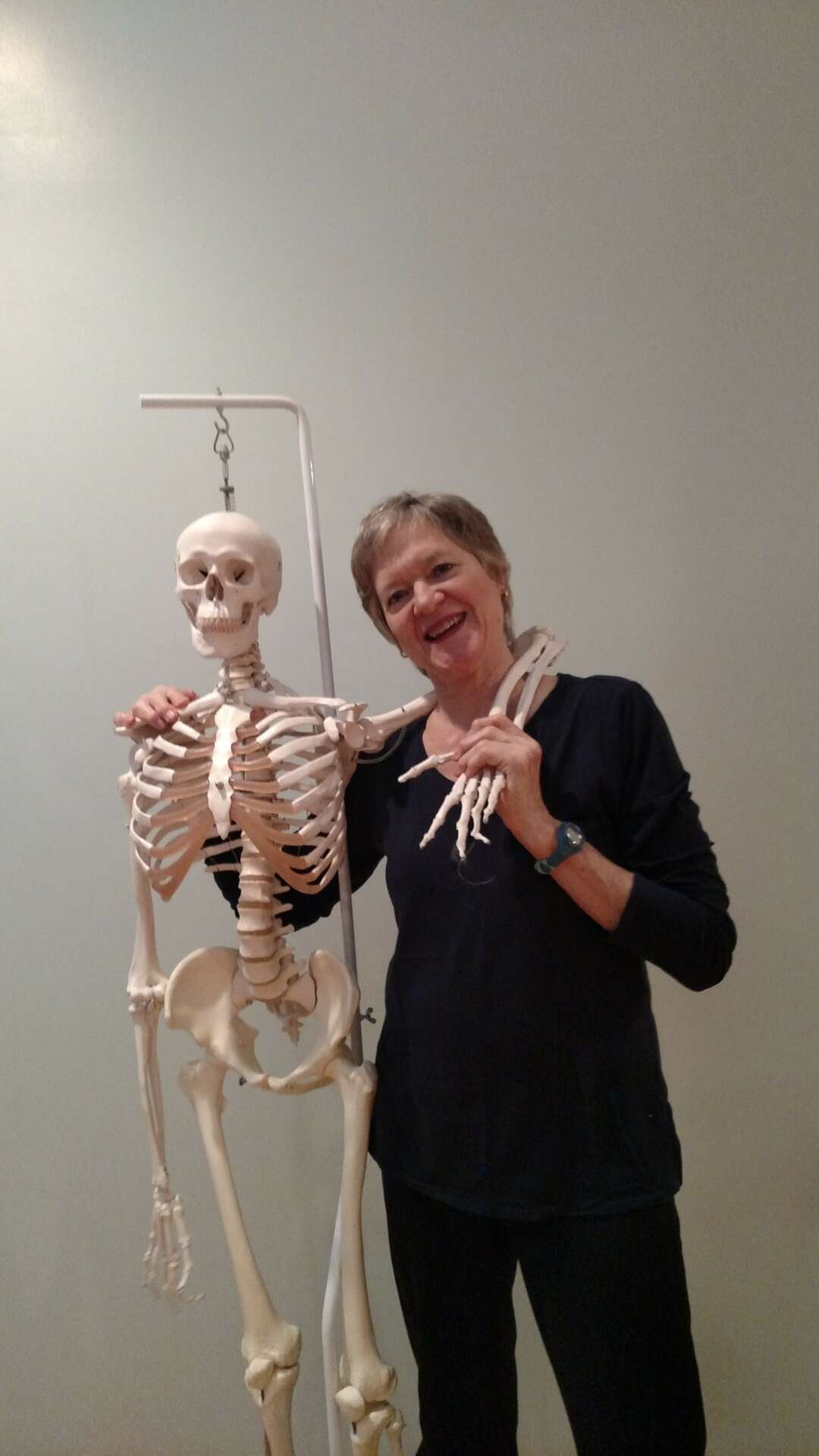
What do you think helped you build your reputation within your market?
The very best way to build a reputation is to do good work.
That’s the way your name and skills will spread organically. Direct recommendations from clients has always yielded the best results for me. But of course over the years I’ve upped my online presence, with a website, social media, and regular newsletters.
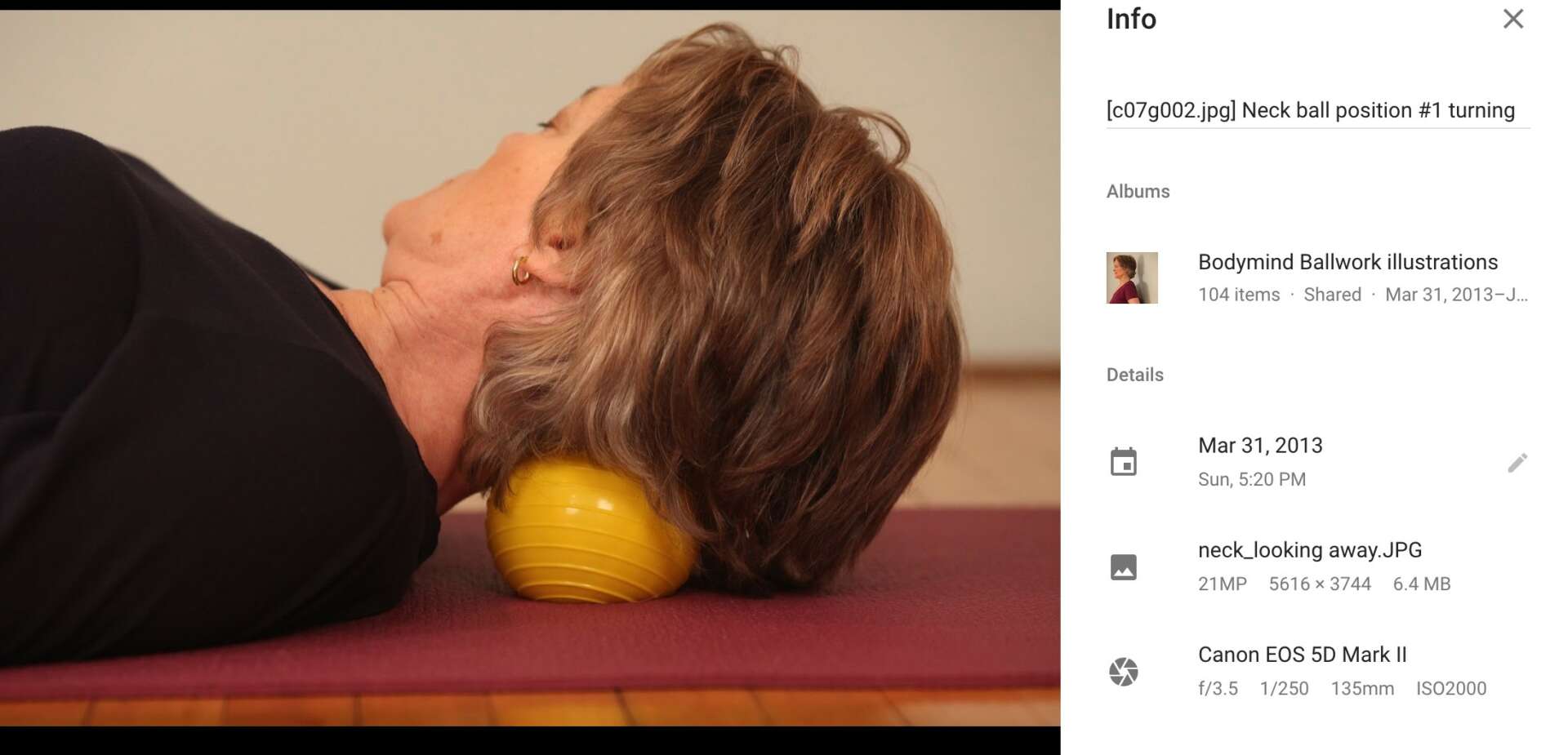
We’d love to hear a story of resilience from your journey.
During my mid-career, two professional communities that I was very involved with fell apart. It was very difficult at first, to feel the lack of cohesive community to share experiences with and rely on for new ideas and support. But I found a new voice in myself, a way to express the key things I want to share as a teacher, such as respect for the body, mind and heart, and the importance of creating and maintaining a method of self-care (or a combination of methods) that works for you. And I stayed connected to individuals from those communities to support each other as we went through the transition.
Also it’s been very important for me to practice what I teach, so that when I have a physical or emotional challenge, I remember all the ways I can take care of myself, and therefore be more help to others. We can’t give to others if we feel depleted or defeated inside. So I remember my own needs, to be a model to my students in that way, plus to help myself.
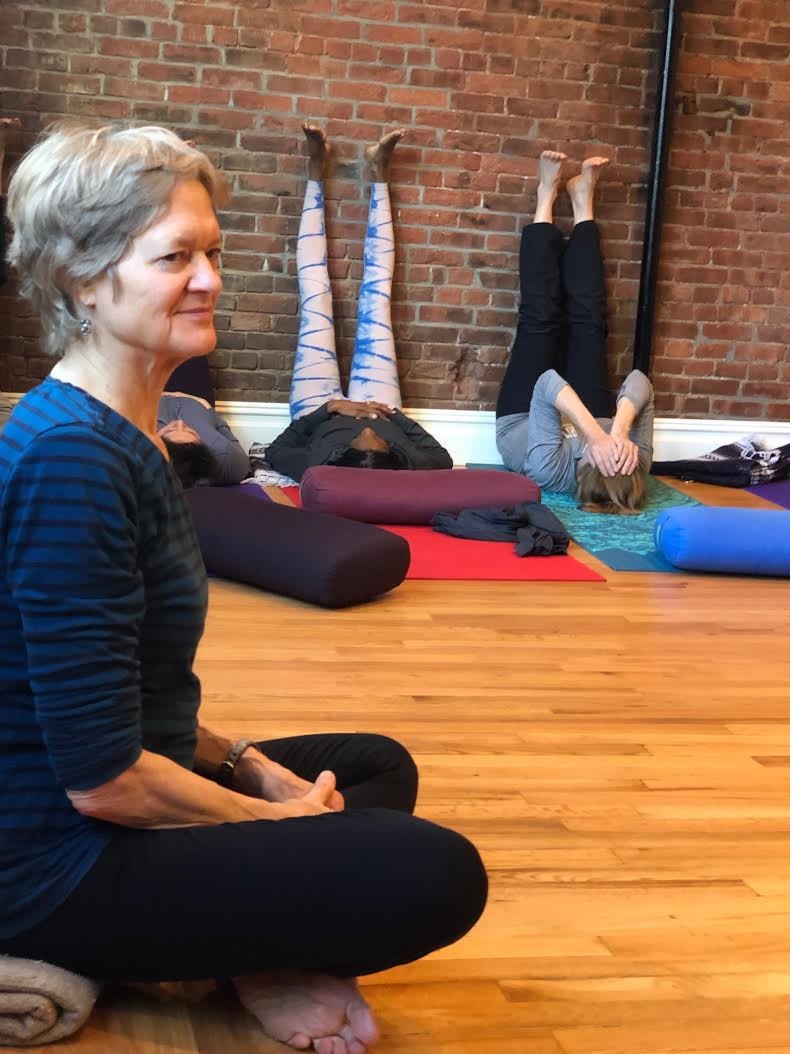
Contact Info:
- Website: www.ellensaltonstall.com
- Instagram: https://www.instagram.com/ellensaltonstall/
- Facebook: https://www.facebook.com/EllenSaltonstallYogaAnatomyBallwork
- Linkedin: https://www.linkedin.com/in/ellen-saltonstall-4a253b11/
- Youtube: https://www.youtube.com/@ellensaltonstall2866/featured
Image Credits
Josef Kushner, Tobi Kundid


